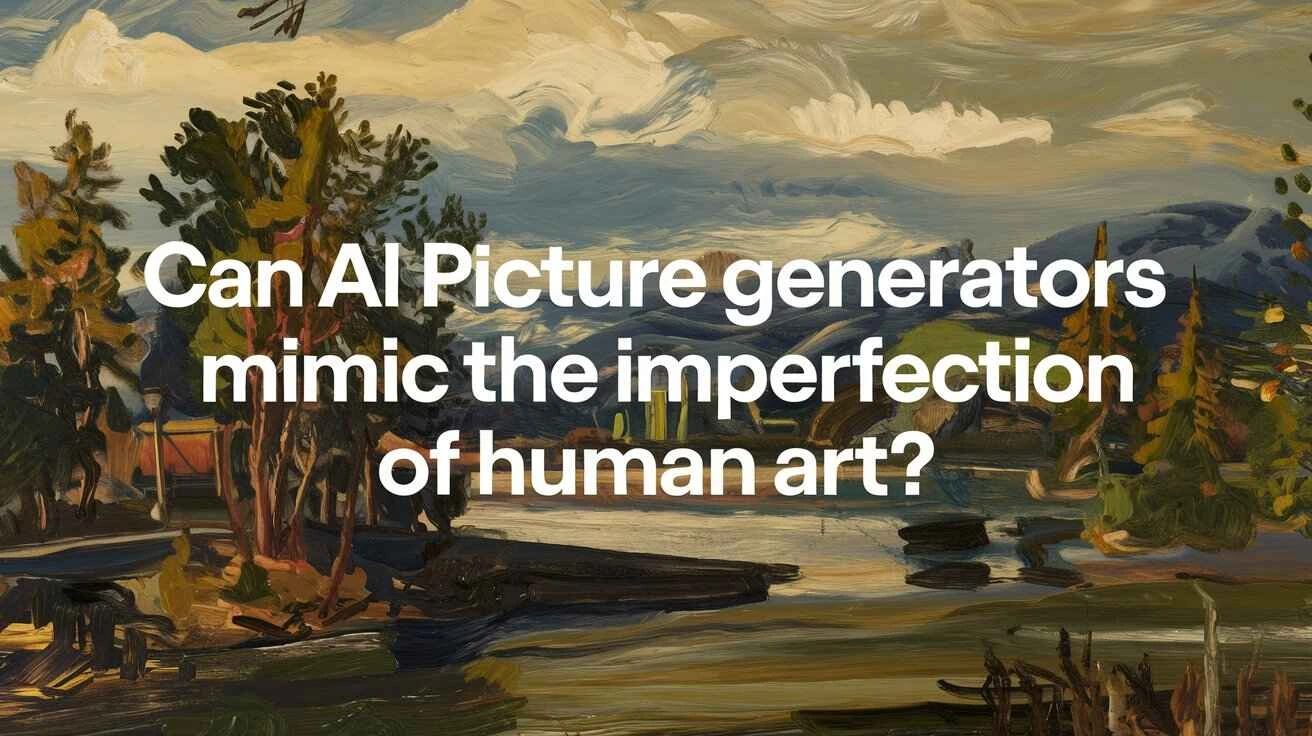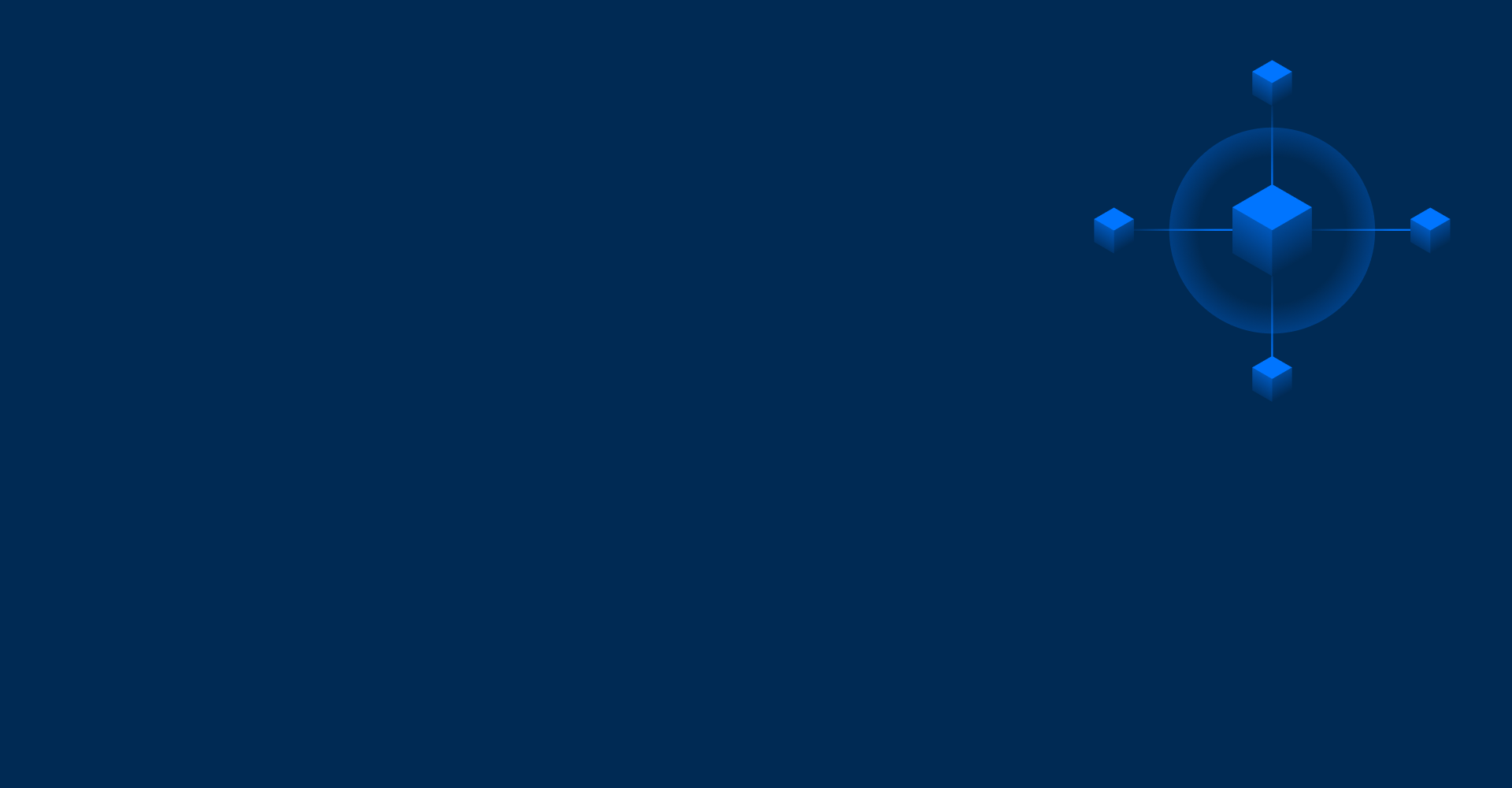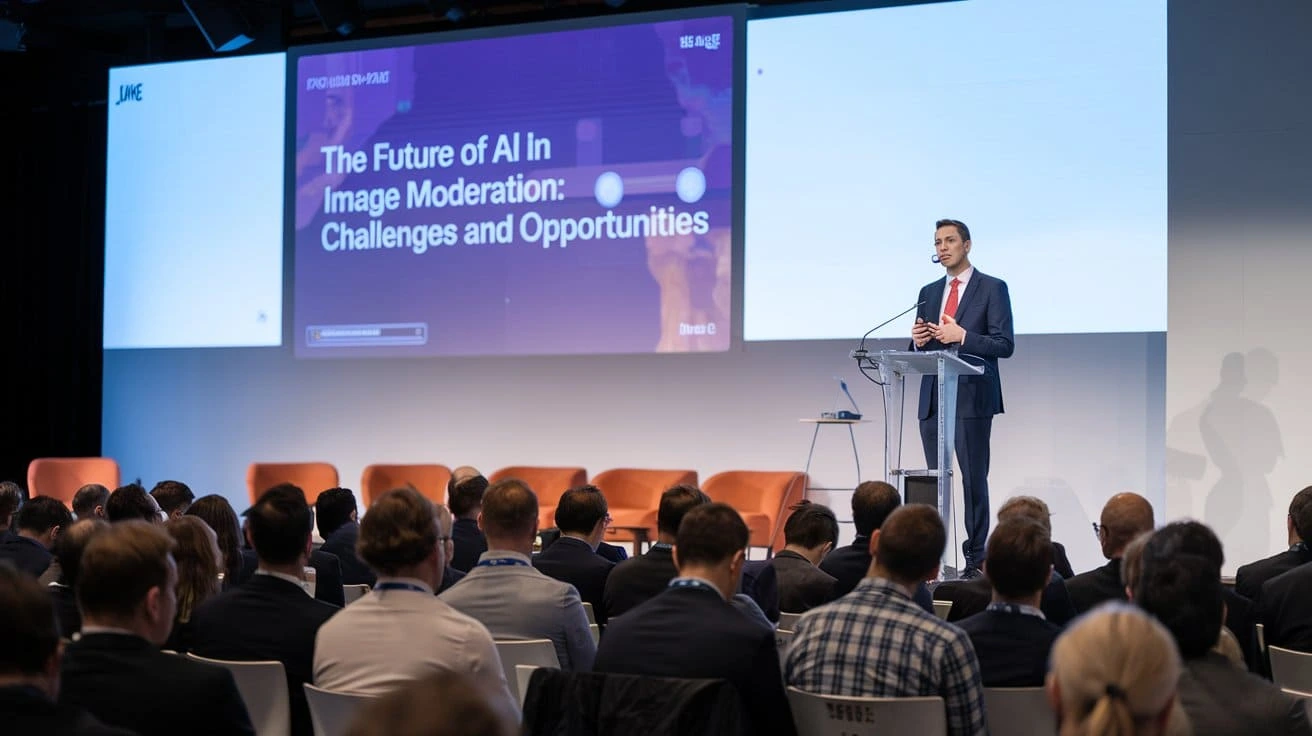
Artificial intelligence (AI) has made significant strides in generating art. But a question that often arises is, can AI picture generators mimic the unique imperfections that make human art so special? In this blog, we’ll explore the capability of AI to replicate these imperfections and its implications for the art world.
Understanding Imperfection in Human Art
Human-created art is defined not only by its skill but also by its imperfections—those small, unintentional flaws that give character and depth to a piece. Whether it’s a brushstroke that strays slightly or a minor inconsistency in shading, these imperfections are often what make art relatable and emotional.
How Do AI Picture Generators Work?
AI picture generators, such as DALL·E and other AI-based art tools, use algorithms and datasets to create images from textual descriptions. These systems are trained on thousands of existing images, allowing them to mimic various art styles, techniques, and textures. However, the question remains—can they recreate the imperfection that is a hallmark of human creativity?
Can AI Mimic Imperfection in Art?
AI picture generators are designed to produce perfect images, often free of human error. However, there are ways that AI can attempt to mimic imperfection, especially when trained to recognize flaws and irregularities in human-made art. Here’s how:
Algorithmic "Controlled Chaos"
Some AI systems are programmed to intentionally introduce minor random variations to images, which can emulate the unpredictability of human creativity. This technique, sometimes referred to as controlled chaos, can create the illusion of imperfection.
Simulating Human-Like Brushstrokes
AI art tools can be adjusted to mimic the natural variations in brushstrokes, textures, and shapes. By applying slight alterations to pixel placement, AI can imitate the nuanced imperfections seen in hand-drawn or painted artwork.
Limitations of AI in Mimicking Human Art Imperfections
While AI can come close to mimicking imperfection, there are still limitations that prevent it from fully replicating the emotional depth and spontaneity that come with human art.
Lack of Emotional Intent
Unlike human artists, AI lacks emotional intent, which plays a huge role in the creation of imperfect art. Each stroke or flaw in human art can carry meaning, something AI cannot replicate through mere algorithms.
Predictability vs. Spontaneity
Though AI can introduce random variations, it still operates within a predictable framework. Human art is often unpredictable and spontaneous, characteristics that AI systems struggle to achieve.
Real-World Applications of AI in Art
Despite these limitations, AI picture generators have found professional applications in various industries:
AI in Digital Marketing
Marketers use AI-generated images to create fast, high-quality visuals for ads, websites, and campaigns. Imperfections can be added manually to give the images a more authentic feel.
AI in Entertainment and Media
AI-generated art has been utilized for storyboarding, character design, and even final production elements in films and video games, blending AI precision with human creativity.
Conclusion: The Future of AI-Generated Art
So, can AI picture generators mimic the imperfection of human art? The answer is—almost. While AI can simulate some imperfections, it lacks the deeper emotional and creative spontaneity that defines human-made art. However, as AI technology evolves, it may come even closer to achieving that level of authenticity.
Frequently Asked Questions
Can AI-generated art replace human artists?
AI-generated art is a tool that can complement human creativity but cannot replace the emotional and intuitive aspects of human art.
What are the benefits of using AI picture generators for professional work?
AI picture generators can save time, reduce costs, and offer endless creative possibilities, making them valuable in industries like marketing, entertainment, and digital media.
How can imperfections be added to AI-generated images?
Some AI tools allow for manual post-production edits to introduce imperfections, or they can be programmed with algorithms that simulate controlled randomness.
Get Started Today!
Get Started Today With Quick Moderate And Cut Your Moderation Costs By 40% Through AI-driven Solutions!



